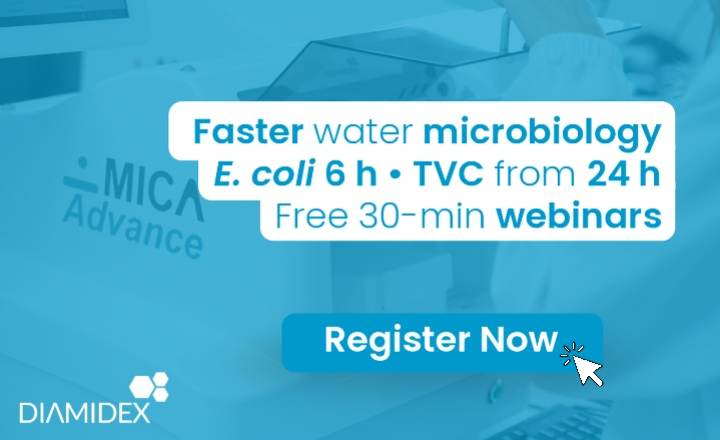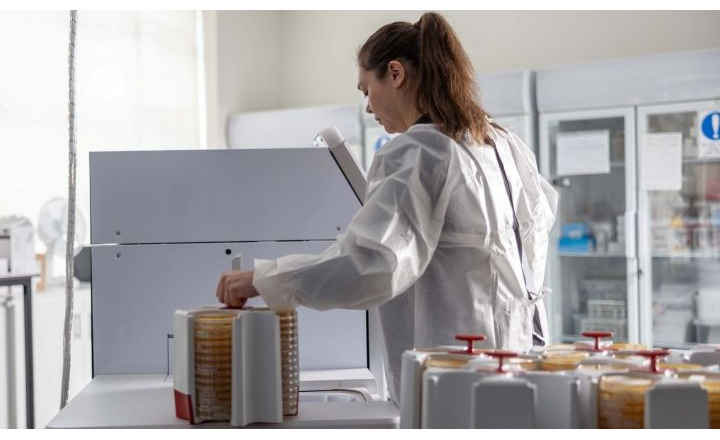Traditional total viable counts (TVC) are labour intensive and can require up to 72 hours or more to produce a result.
Rapid methods can reduce the need to place products on ‘hold’, but the range of rapid methods available for total viable counts is limited, often requiring large capital investment and significant foot space on the laboratory bench.
SBT Instruments have launched a fast and affordable TVC measurement device with a small footprint and rapidmicrobiology talks with Michael Maimann, Head of Commercial at SBT Instruments, on the technology behind their innovative product, its easy-to-use format and how it compares to other plate counting methods in use today.
Q. What need does the BactoBox address?
Michael: Fast methods to determine total viable counts (TVC) on the market are inaccurate and so expensive they’re found mainly in central labs, instead of where they are truly needed.
As a result, the century-old plate counting method with its heavy workload and slow turnaround time are still in widespread use today.
The food safety, healthcare and water industries need a bacteria counter that is easy-to-use, fast, accurate and affordable. By implementing impedance flow cytometry, we can proudly say at SBT, that we’ve delivered just that with our very first product the ‘BactoBox’.
It has a small footprint and fits in most places, is user-friendly and delivers accurate total bacteria counts in just a few minutes. BactoBox is designed to measure bacteria in water directly and can be used to measure culture media and products with simple sample preparation.
Q. How does it work?
Michael: BactoBox employs a new approach to bacteria measurements called impedance flow cytometry. Inside a microfluidic flow-cell, viable bacteria are detected in a sample and distinguished from dead cells and particles based on their electrical properties. The result is an accurate count of intact cells per millilitre in just 3 minutes.
This is a different approach from, e.g. plate counts where only culturable bacteria are measured as Colony Forming Units (CFU). Since some bacteria species grow better at different temperatures, at different ambient conditions, on different nutritional media, and many do not grow on plates at all, the count in the same sample differs significantly between chosen growth conditions.
As a result, most samples will usually show higher intact cells than CFU, especially when a high fraction of non-culturable bacteria is present, e.g. in natural waters. In contrast, in cases where all bacteria are culturable on plates, such as in bacteria fermentations or when working with pure cultures, the correlation between plate counting CFU and SBT's intact cells is linear and approximately 1:1.
This technology differs from existing methods, by allowing fast, accurate, easy-to-use and affordable bacteria counts.
Q. What advantages does the BactoBox offer?
Michael:
- Fast & accurate results: Using Impedance flow cytometry, BactoBox produces accurate total bacteria counts in 3 minutes
- Counts all types of bacteria: BactoBox counts all bacteria including anaerobic bacteria and bacteria that are difficult to culture on plates
- Easy to use: We designed BactoBox to require practically no training to operate – press the button and get results.
Q. Can the results be correlated to CFU?
Michael: BactoBox’ measures intact cells which correlate with CFU, but results are skewed by:
- The presence of cells that do not grow on the selected plates such as stressed or dormant cells, non-culturable cells or cells that prefer other growth conditions – these are counted by BactoBox and not by CFU method.
- The cells’ tendency to cluster – our data indicates that fluidic shear forces separate cell aggregates in our flow cell, which has to be specifically addressed in sample preparation when measuring CFU.
Q. What are the typical applications?
Michael: BactoBox has just entered the market, and so far has only been rolled out to a small number of sectors. For now, most applications are in biotech for fermentation control and upstream work, as well as in water supply and installation screening.
It is our mission to adapt and spread the technology to benefit other sectors, including pharmaceutical production, healthcare and food production.
Q: How does the cost per test compare to a plate result?
Michael: This is an interesting question as it depends on what you include in the cost of a plate count. The work included can be costly, depending on the CAPEX (capital expenditure) invested in lowering manual labour. In addition, on-site laboratory facilities are also a significant investment. In the end, BactoBox delivers accurate bacteria counts for less than 6 € per sample – that is hard to beat with a plate count when including the associated costs.
Author Biography:

























